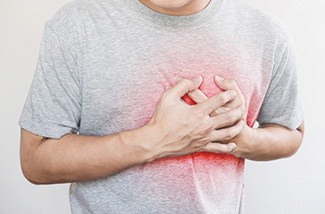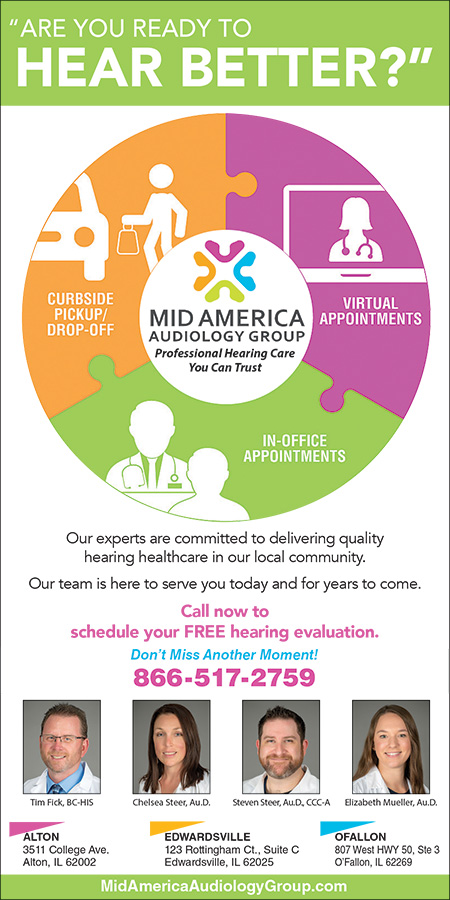Warning signs of a ‘silent’ heart attack
 Most people don’t realize that they could have a heart attack without even knowing it. Although these are commonly referred to as “silent” heart attacks, a more accurate term may be “unrecognized” heart attack, says cardiologist Dr. David Morrow, director of the cardiac intensive care unit at Harvard-affiliated Brigham and Women’s Hospital.
Most people don’t realize that they could have a heart attack without even knowing it. Although these are commonly referred to as “silent” heart attacks, a more accurate term may be “unrecognized” heart attack, says cardiologist Dr. David Morrow, director of the cardiac intensive care unit at Harvard-affiliated Brigham and Women’s Hospital.
“Some people do have symptoms, so in that sense, their heart attack is not silent. They just don’t recognize the sensations as coming from their heart,” he explains. They may think it’s just indigestion or muscle pain when the real cause is actually reduced blood flow to the heart. People may also experience other atypical symptoms, such as nausea or excessive sweating during a heart attack.
Despite its depiction in the movies, a heart attack doesn’t always produce pain or pressure so intense that it causes a person to clutch their chest and collapse to the floor. Most people who have a heart attack experience a much less dramatic version. And some have no symptoms at all — or symptoms that are so subtle they’re mistaken for something else entirely.
These so-called silent heart attacks account for about 20 percent of all heart attacks, according to the American Heart Association. Some experts estimate that number is even higher — closer to 50 percent.
WHAT IS A SILENT HEART ATTACK?
A heart attack happens when the arteries that carry blood to the heart become blocked, thereby depriving the heart muscle of oxygen and nutrients. If a person having a heart attack feels pain or pressure, it’s because of this blockage.
The same thing happens during a silent heart attack — blocked arteries make it so that oxygen-rich blood can’t reach the heart. The only difference is the problem goes unnoticed. For example, it’s not uncommon for silent heart attacks to be written off as indigestion, a sprained or strained muscle, fatigue, or just feeling run-down.
People who later realize they’ve had a silent heart attack may also recall experiencing shortness of breath at the time, or a general state of discomfort that led to a night of lost sleep. Nausea, sweating, dizziness and an overall feeling of unease are also signs of a silent heart attack.
If you experience any of these symptoms, “don’t sit around and wonder” what could be wrong. The longer one waits to get evaluated, the more likely that there will be irreversible damage.
That said, some people truly experience no symptoms — understated or otherwise — when they have a heart attack. Diabetics who have nerve issues that interfere with pain signals (called neuropathy), for example, are at higher risk for having a literal silent heart attack, Lager says. Women and older adults are also more likely to have an event without warning signs.
IS IT A HEART ATTACK OR SOMETHING ELSE?
Silent heart attacks don’t just fool patients; they can be misdiagnosed in health care settings, too. Shortness of breath may be mistaken for a pulmonary problem, for instance. And pain in the shoulder or arm can be misdiagnosed as an orthopedic issue.
One way to tell if the symptoms you’re experiencing are due to a heart attack or another condition is to know that the warning signs of heart trouble are “not positional.” This means that the sprain-like pain in your neck and arm won’t get better if you stretch it or shake it out. And shortness of breath or sweating won’t subside if you take it easy and lie down.
If you’re not sure if you’re having a symptom, see if you can manipulate it in some way. Can you press on the chest? Can you change your position? Can you stand up or sit down? Does it make a difference, positionally? Because the heart has no gyroscope; it doesn’t know where it is in space. And it doesn’t matter if you put the heart upside down or right side up, it’s going to give you the same signals if it’s in trouble.
Another thing to keep in mind: Any symptom that results from the loss of oxygen to the heart will generally get worse if you increase demand on the heart. So someone who has chest discomfort awhile resting and gets up and walks around is increasing the heart’s demand for oxygen, and the symptoms usually will get worse if it’s a heart issue.
The risk factors for silent heart attacks are the same as those for a heart attack with symptoms. The most common include:
- Age (for men, 45 and older; for women, 55 and older)
- Diabetes
- Excess weight
- High blood pressure
- High cholesterol
- Lack of exercise
- Prior heart attack
- Tobacco use
- A family history of heart disease
Symptoms of a silent heart attack
Few people actually exhibit no symptoms. But signs of a heart attack can be muted or confused with other conditions. Here’s what to look out for:
1. Shortness of breath
2. Weakness or fatigue
3. A general feeling of unease or discomfort
4. Sweating
5. Nausea or vomiting
6. Lightheadedness or dizziness
7. Mild pain in the throat or chest
8. Pain in the back or arms, like a sprained or pulled muscle



Leave a Reply